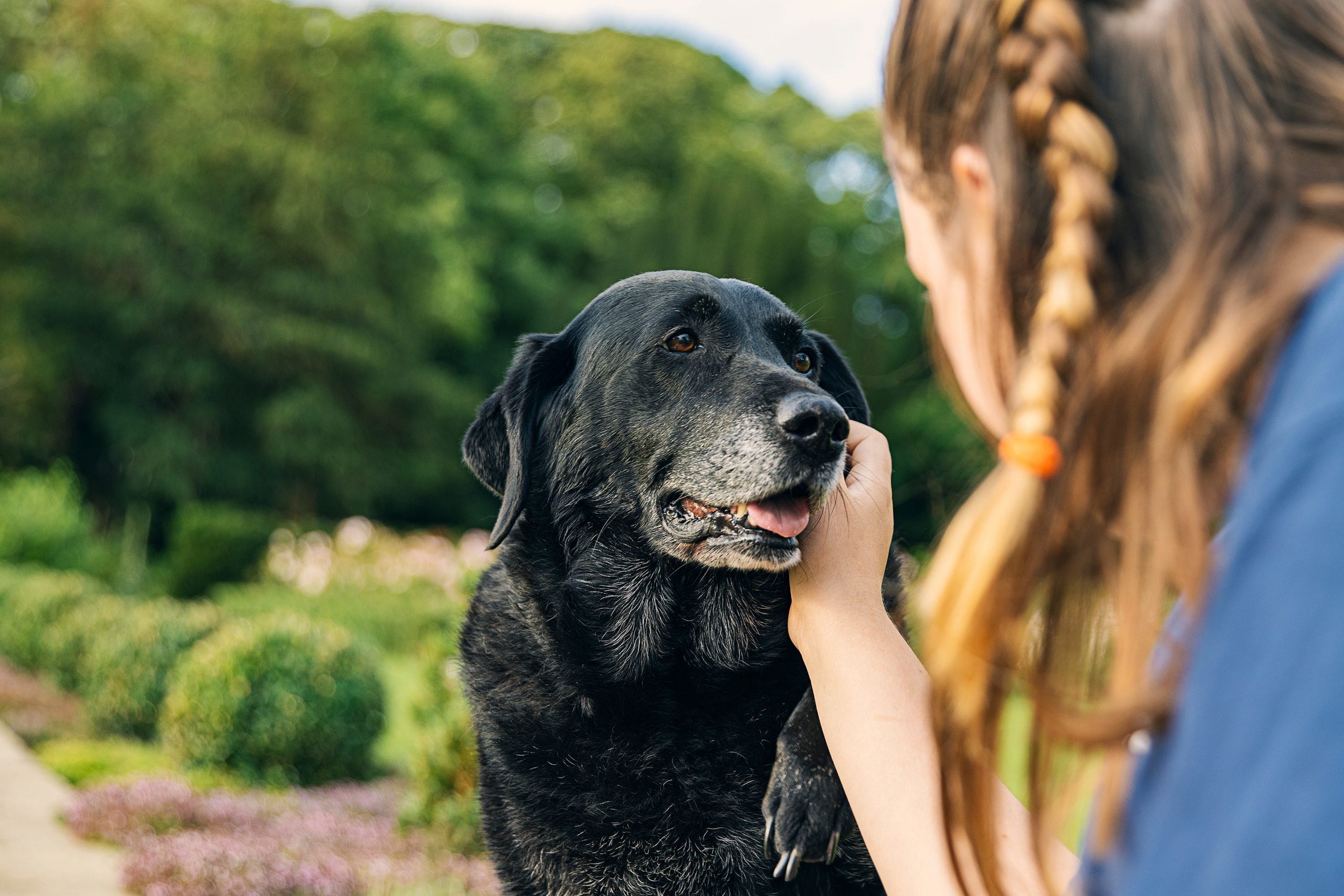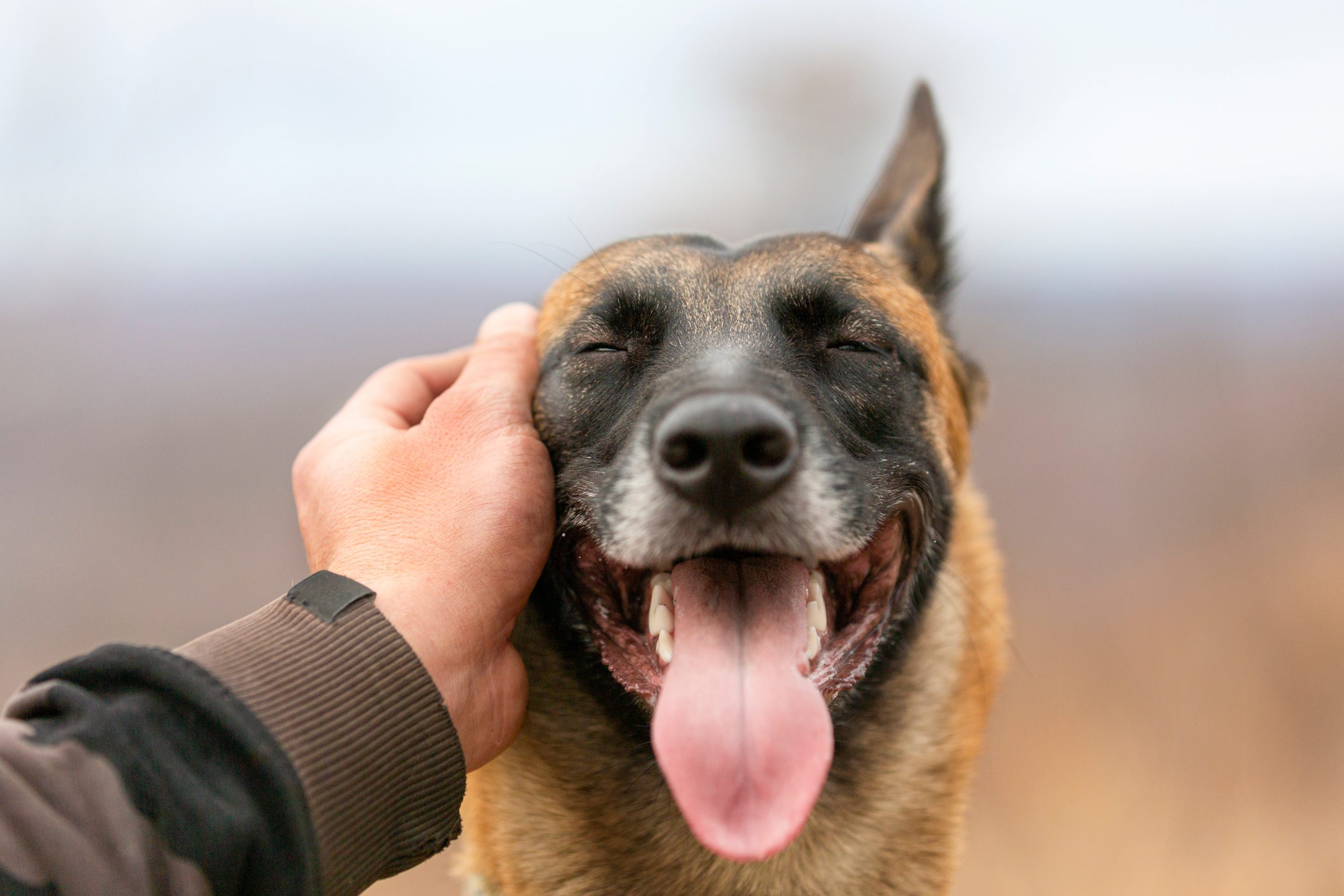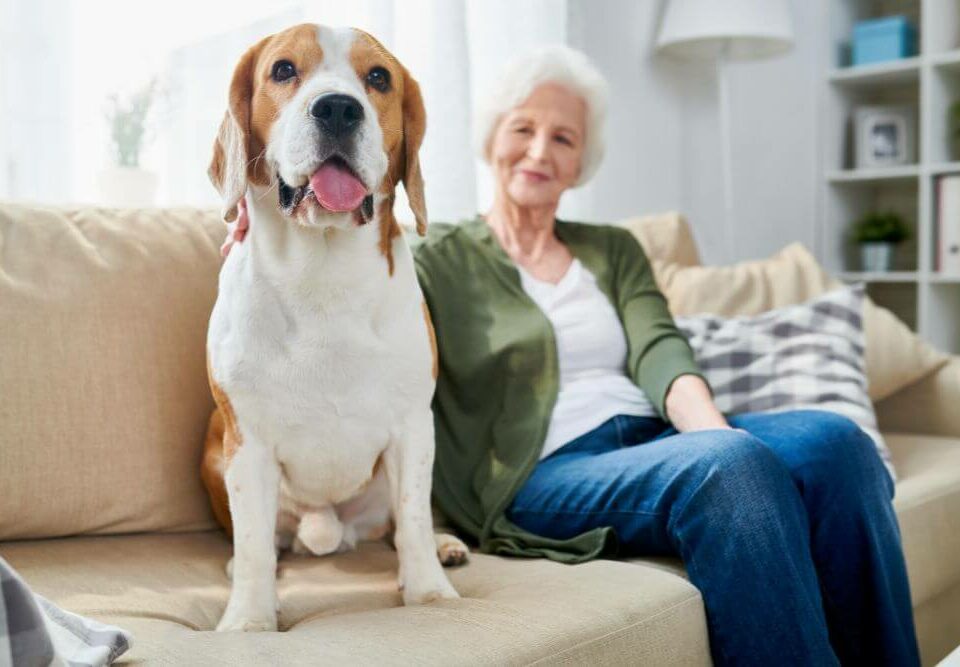
How to care for your senior pets?
April 6, 2022
Does my dog have cancer?
June 29, 2022Thinking about the quality of life of our pets if they are nearing the end is an incredibly hard. For many reasons it can be a emotional time. Euthanasia is described as a ‘gentle and easy death’ and is something all pet owners will have to face at some point. If you have a poorly pet, or an older pet, this article can help you assess your pet’s quality of life.
Assessing Your pet’s quality of life
When assessing quality of life, it’s important to remember that pets live in the moment, rather than thinking about the future. Their brains work a differently from humans. We have the ability to understand what is happening and whether we will get better or not. Whereas pets rely on us to make that call for them. Many people feel that deciding to euthanise their pet is the last kind thing they’re able to do for them.
How do you feel about your pet’s condition?
The first thing to consider is how do you feel about your pet’s current condition? Are you often worried about them, or feel like something isn’t right? Take time to consider whether you are delaying a decision because it is too upsetting to consider losing your pet. Anticipatory grief is real and it’s completely normal to put off things that we know will be upsetting or difficult.
Your pet’s health status
Next, consider your pet’s health status. Do they have an incurable condition or are they terminally ill? Some pets might have long-term health conditions which means they need a lot of medical intervention. Whilst lots of pets cope very well with this, some find medical procedures or trips to the vets stressful. Considering what your pet can cope with is an important part of considering their overall quality of life.
Considering pain is also very important. Chronic pain can cause lots of physiological and mental difficulties. If pain can no longer be controlled, then this can be an indicator their quality of life is impacted. Sometimes controlling pain can be done with medication. Other times a change in medication can make quite a bit difference. It’s worth having a chat with your vet about this as well as considering the pain signs you might be seeing at home.
Is your pet eating and drinking normally?
Is your pet eating, drinking and toileting normally? Being able to carry out normal daily functions such as eating, drinking and toileting is an important part of having a good quality of life. For example, a pet that was previously a food lover may go off their food if they’re poorly. Keeping a close eye on these daily functions can help you assess different aspects of your pet’s quality of life. It’s also important to remember that a sudden obsession with drinking, or sudden big increase in appetite can be as much of a concern as a lack of eating or drinking. It’s worth flagging this up to you vet if it happens.
Can your pet move around OK?
Being able to get up to move around is important for quality of life. Some pets may become distressed if they are unable to get outside for the toilet, or if they have an accident in the house. It is important to consider this source of stress when you are thinking about whether they are coming towards the end. General mobility is important too. Being able to wander outside into the sunshine, or for a short slow walk is important for the wellbeing of our pets. If they can’t do this then it may indicate that their quality of life has perhaps decreased.
Other things you can consider are behavioural patterns. Things such as engagement with you, whether your pet is still giving you the usual level of affection, whether they appear to be confused at all or whether there are any sudden changes in their sleeping are important. Older pets often do sleep more, but sudden changes – including a sudden inability to settle or get proper sleep – can indicate a problem. This is particularly relevant if you have noticed that the changes in sleep, or other behaviour, coincides with other signs such as being in pain.
Our Quality of Life Checklist
Whilst it’s difficult, sometimes looking at things a little more objectively can help. For that reason, we have developed a wonderful checklist that can help you make an assessment about your pet’s quality of life. The checklist is available here https://cloud9vets.co.uk/vet-services/quality-of-life-assessment/. It’s free to download and print, and will help you to work out if there is a concern with your pet’s quality of life. You might like to fill it out with a friend or family member who is perhaps less emotionally attached to your pet. They may be able to help support you, and even take the completed checklist to your vet. From here, they can chat this through with you.
Finally, mental health is talked about now more than ever before. It’s OK if you are struggling with this, or if you struggle after the loss of a pet. The Blue Cross provides a pet bereavement service which may help you to manage your feelings around this time. It’s normal to find the time surrounding the end of a pet’s life difficult, and you may experience a whole range of emotions from guilt to incredible sadness. It’s important to reach out if you feel you need some support. Blue Cross have some resources that may help and support you Blue Cross Pet Bereavement Support Service | Pet Loss




